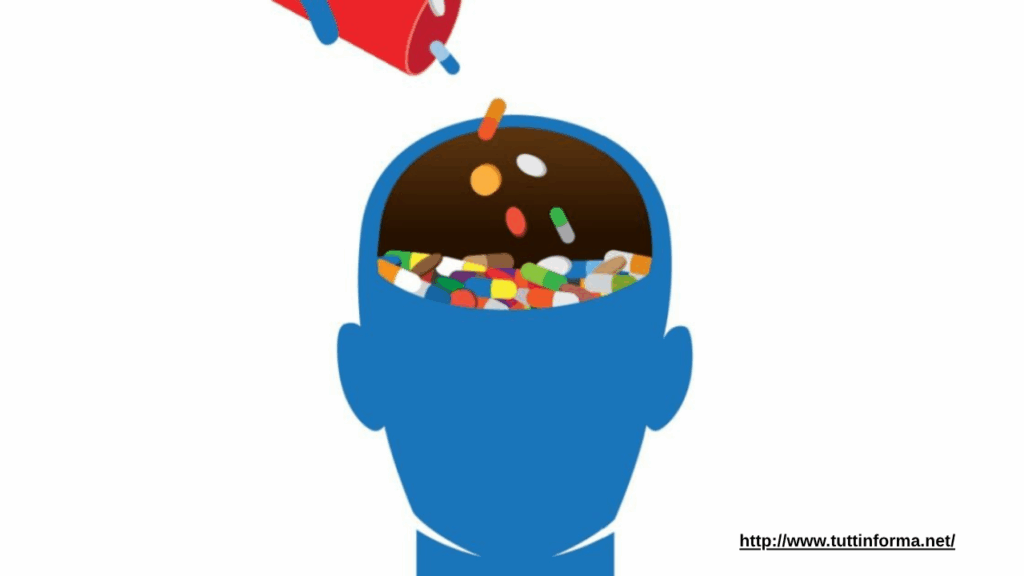
Addiction is not a failure of character—it is a disease rooted in brain chemistry, function, and structure. Thanks to decades of research, scientists and physicians now understand that substance use disorders are chronic medical conditions that alter the brain in complex and profound ways. With this knowledge, the path to recovery becomes clearer: it must be grounded in medical science, guided by compassion, and supported by evidence-based treatment.
The Hijacked Brain: Understanding Addiction
At the heart of addiction is the brain’s reward system. This system is responsible for reinforcing behaviors necessary for survival, such as eating and social interaction. When someone uses substances like opioids, alcohol, or stimulants, these drugs flood the brain with dopamine—a neurotransmitter that signals pleasure and reward. This unnatural surge creates a powerful sense of euphoria and teaches the brain to associate the substance with a desirable outcome.
Over time, repeated substance use disrupts the brain’s normal dopamine production. The brain adjusts by producing less dopamine naturally and reducing the number of dopamine receptors. As a result, individuals need more of the substance to achieve the same effect—a phenomenon known as tolerance. Simultaneously, natural rewards like food, relationships, or hobbies lose their appeal. The brain becomes rewired to prioritize the drug above all else, even when it causes harm.
Structural and Functional Changes
Addiction also affects the brain’s decision-making center—the prefrontal cortex. This area is responsible for judgment, impulse control, and emotional regulation. Chronic substance use impairs these functions, making it harder for individuals to stop using, even if they want to. The limbic system, which governs emotions and memory, is also affected, reinforcing the cycle of cravings and relapse.
These neurological changes explain why addiction is not simply a matter of willpower. Recovery requires more than just abstaining from the substance; it requires medical treatment that helps the brain heal and reestablish balance.
Medical Treatment: Targeting the Brain for Recovery
Understanding addiction as a brain disease has led to the development of targeted medical treatments. Medication-Assisted Treatment (MAT) is one of the most effective approaches. For opioid use disorder, medications like buprenorphine and methadone stabilize brain chemistry, reduce cravings, and prevent withdrawal symptoms. Naltrexone blocks the euphoric effects of drugs and alcohol, helping to discourage use.
In addition to medication, behavioral therapies like Cognitive Behavioral Therapy (CBT) help individuals rewire thought patterns and learn healthy coping strategies. These therapies target the same brain circuits affected by addiction and support long-term recovery by building new, healthier neural pathways.
Neuroplasticity and Hope
One of the most hopeful discoveries in neuroscience is the concept of neuroplasticity—the brain’s ability to change and adapt throughout life. With sustained treatment, support, and lifestyle changes, the brain can recover. While full reversal of damage may take time, many individuals experience restored cognitive function, emotional stability, and improved quality of life.
Conclusion: Science as a Foundation for Healing
By understanding the medical science behind addiction, we shift the focus from blame to healing. Addiction is a disease of the brain—but it is also a treatable one. With continued research, effective therapies, and compassionate care, recovery becomes not just possible, but achievable for millions around the world.
